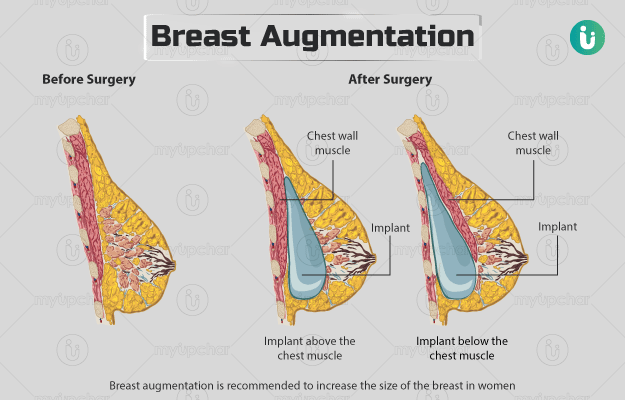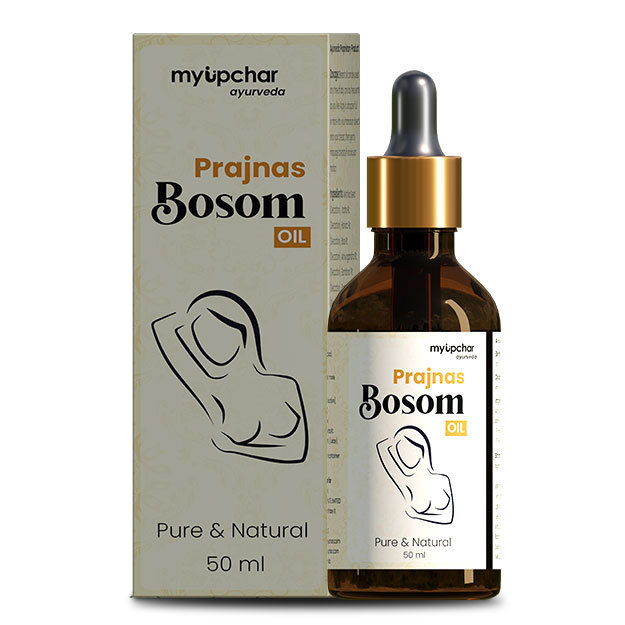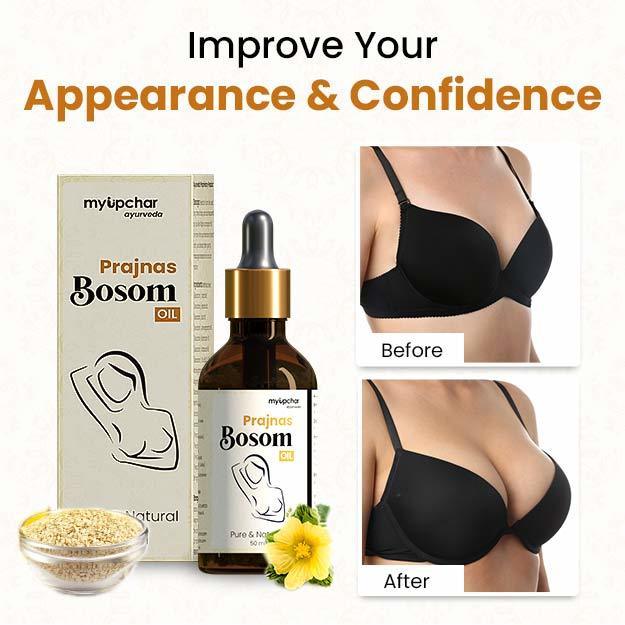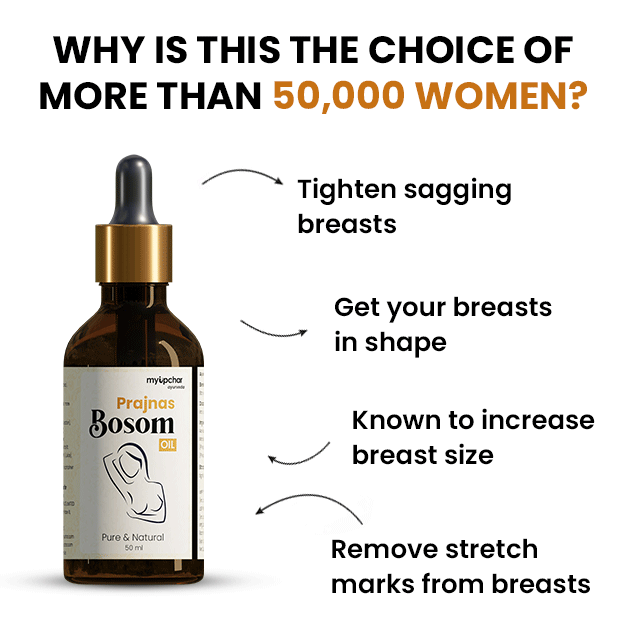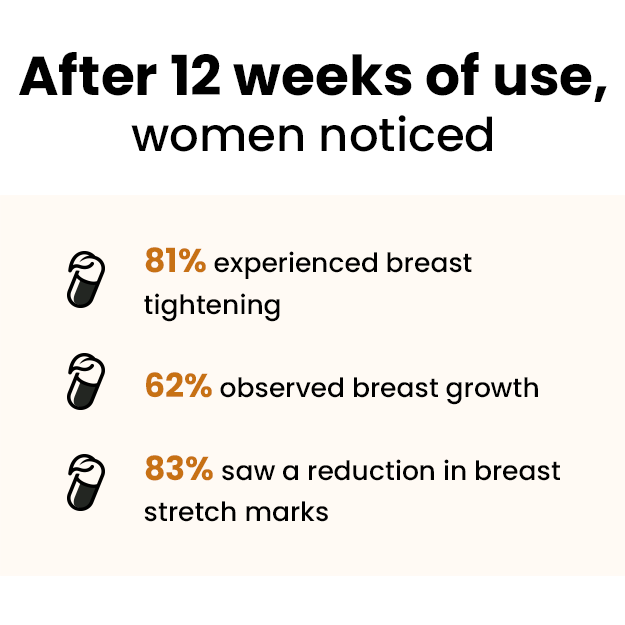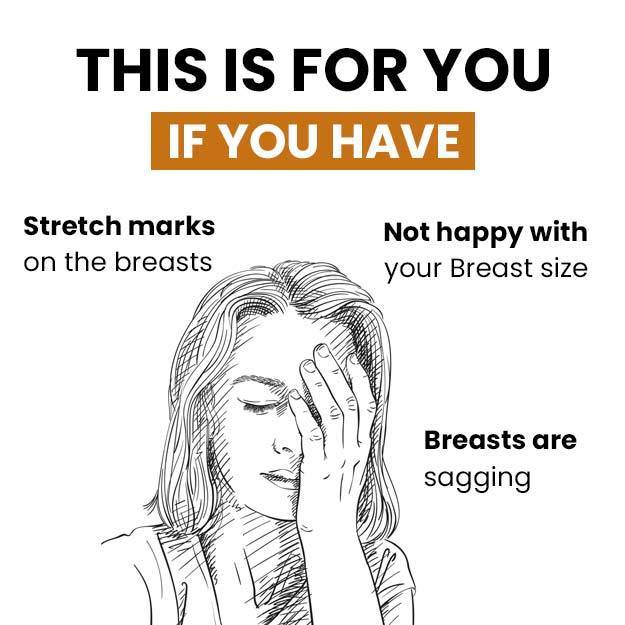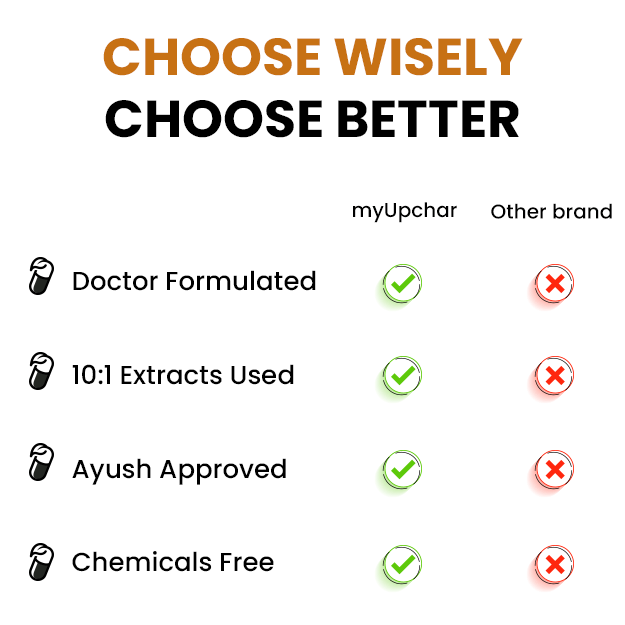The exact surgical procedure depends on the type of implant used. There are various types of implants based on size, shape, texture, position of placement, etc. The implant surface may be smooth or textured, it may be filled with either saline or silicone gel, and would have a round or a teardrop shape.
Implants used for male breast augmentation are made of cohesive silicone gel or solid, pliable, silicone polymer. These implants are oval or rectangular in shape, can be reshaped by the surgeon with scissors and do not rupture.
Breast augmentation using an implant is performed in the following manner:
- You will be given local anaesthesia (which numbs the area, but you will be awake) or general anaesthesia (a sleep-inducing medicine) so that you do not feel pain from the procedure.
- The surgeon will make an incision (cut) in your breast area to insert the implant. The incision can be made in three different locations on the breast. It may be:
- Peri-areolar (around the nipple) incision
- Transaxillary (in the armpit to give access to the chest muscle) incision
- Inframammary (through the fold under breast, the most commonly used incision).
- The implant will be placed below your breast tissue or either under or above the pectoral (chest) muscle. This placement depends on the type of implant and the surgeon’s decision on which is best for you.
Breast augmentation with fat grafting is performed in the following manner:
- The surgeon will use liposuction technique to take fat from your body parts with more fatty tissue such as thighs, abdomen or flanks.
- He/she will make multiple small incisions on your breast and inject the harvested fat into your breasts through these incisions.
Male breast augmentation is done as follows:
- The surgeon will make a 4-6 cm incision in your armpit. He/she will place an instrument through this incision to make space behind your pectoralis muscle to receive the implant.
- The implant is then placed into position, and the wound is closed with sutures.
- A compressive dressing is applied on the chest.
The surgeon will close the skin over your incision using sutures.
Breast augmentation surgery takes about 45 to 90 minutes to complete. You can expect the following after the surgery:
- The medical staff will move you to the recovery room where you will be monitored for a while.
- Drains will be placed in your breasts to remove any collected blood or fluid from the breasts.
- You will have bandages to cover your wound and support your breasts.
- The medical team will give you some instructions for the after care.
- Your doctor may prescribe some medications for pain and antibiotics to prevent infection.
You will be able to go home in a few hours or after the effect of the anaesthesia wears off. The implants are not permanent, and you may need to replace or remove them in case of any complications. The incision lines may fade in some months to a few years.

